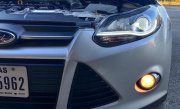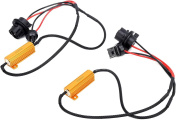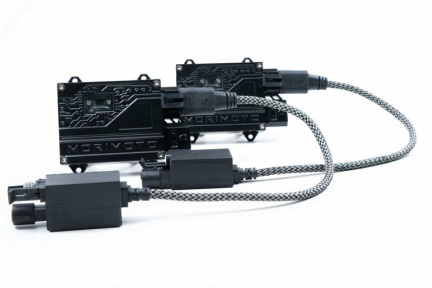
Are you dealing with a light that's not working as it should be? Do you need to find out if your HID ballast is still good? If so, you're not alone. Many drivers are faced with this same dilemma and are often left frustrated.
Luckily, testing your HID ballast is a relatively easy process that anyone can do. This article will show you how to test HID ballast in just a few simple steps. By the end, you'll know for sure if your ballast needs to be replaced or not.
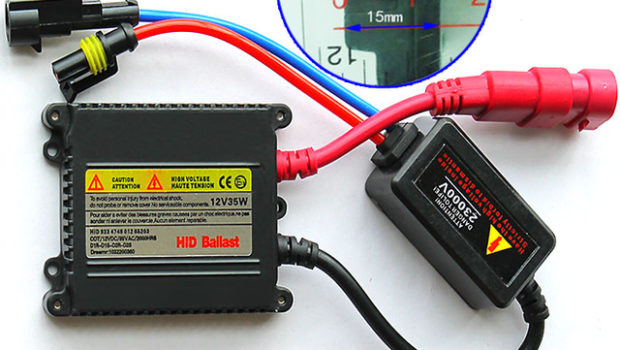
What is an HID Ballast?
Before we get into how to test an HID ballast, it's important to first understand what this component is and does. In short, an HID ballast is a device that's used in conjunction with HID (high-intensity discharge) bulbs.
HID bulbs are different from traditional halogen or LED bulbs because they require a high voltage to start up and function properly. That's where the ballast comes in. It provides the initial surge of electricity that's needed to power the bulb. Once the bulb is lit, the ballast then regulates the voltage to ensure that the bulb continues to produce light.
Why Test Your HID Ballast?
There are a few different reasons why you might need to test your HID ballast. The most common reason is that your HID lights are flickering or not working at all. If this is the case, your ballast is likely the culprit.
Another reason you might need to test your HID ballast is if you're having issues with your bulb. In some cases, it's not the ballast that's the problem, but rather the bulb itself. By testing the ballast, you can rule out this possibility and save yourself the hassle and expense of replacing a perfectly good bulb.
How to Test an HID Ballast
Now that you know what HID ballast is and why you might need to test it, let's get into how to do so. This process is actually pretty simple and only requires a few tools that you likely already have around the house.
You'll need:
-
A multimeter
-
A screwdriver
-
HID bulbs (if testing for bulb issues)
If you don't have a multimeter, you can pick one up at your local hardware store for an affordable price. Once you have all of your tools, follow these steps to test your HID ballast:
1. Start by opening up your car's hood and locating the HID ballast. It will be a small, rectangular box that's mounted somewhere near the headlight assembly.
2. Once you've located the ballast, use your screwdriver to remove the cover. Be careful not to lose any of the screws!
3. With the cover off, you should see a few wires running into the ballast. These are typically color-coded, so it should be easy to identify which wire goes where.
4. Using your multimeter, set it to the "DC Voltage" setting and touch the probes to the positive and negative terminals on the ballast.
5. If your ballast is working properly, you should see a reading of around 12 volts. If the reading is significantly lower than this, or if you don't see a reading at all, then your ballast is likely defective and needs to be replaced.
6. To test for bulb issues, you'll need to disconnect the wires from the ballast and touch them to the corresponding terminals on your HID bulbs.
7. If your bulbs are working properly, you should see a reading of around 12 volts on your multimeter. If not, then the problem is likely with your bulbs and not the ballast.
Testing your HID ballast is a quick and easy process that anyone can do. By following these simple steps, you can rule out ballast as the cause of any issues you're having with your HID lights.
Common HID Ballast Problems
There are a few different issues that can occur with HID ballast. The most common problem is that they simply stop working after a period of time. This isn't necessarily due to a defect in the ballast, but rather just normal wear and tear.
Another common issue is water damage. If your HID ballast is exposed to water, it can short out and stop working. This is why it's important to ensure that your ballast is mounted in a dry and protected location.
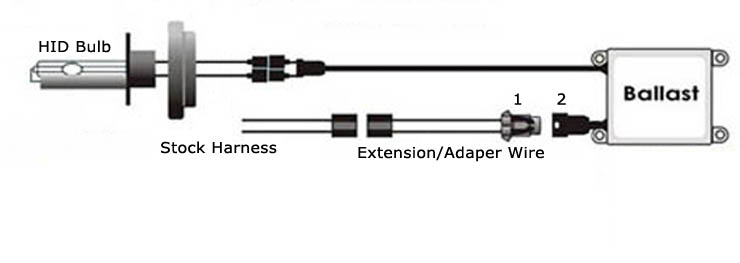
Finally, HID ballast can also become loose over time. If this happens, the electrical connection between the ballast and the bulb can be interrupted, causing your lights to flicker or not work at all.
If you're having any of these problems with your HID ballast, the best course of action is to simply replace it. Ballasts are relatively inexpensive and easy to find, so there's no need to try and repair them.
Test Your HID Ballast Today
If you're having issues with your HID lights, the first step is to test your ballast. This simple process can save you a lot of time and money by ruling out ballast as the cause of the problem. You can tackle this job with just a few tools you likely already have around the house.
FAQ
Q: Should I replace my HID ballast if it's not working properly?
A: If your HID ballast is defective, it needs to be replaced. Trying to repair a ballast is usually not worth the effort and can be dangerous.
Q: What's the best way to test my HID ballast?
A: The best way to test your HID ballast is with a multimeter. If the ballast is working properly, you should see a reading of around 12 volts. Only a few tools are needed for this job, and it's something that anyone can do.
Q: Where is the HID ballast located?
A: The HID ballast is typically a small, rectangular box that's mounted somewhere near the headlight assembly. It may be necessary to remove the car's bumper to access the ballast on some models.






